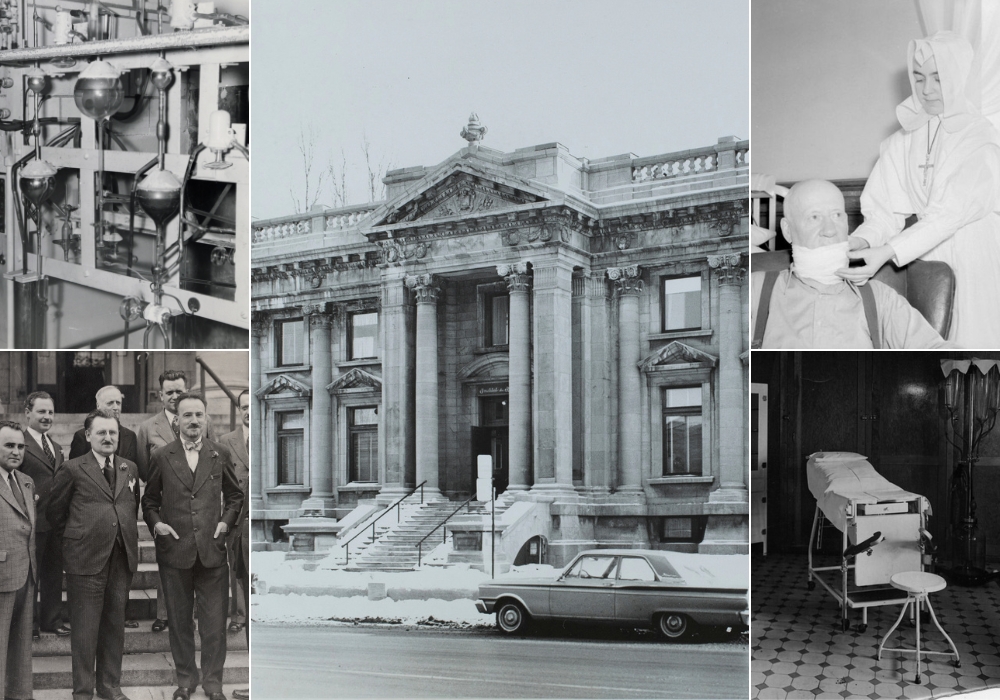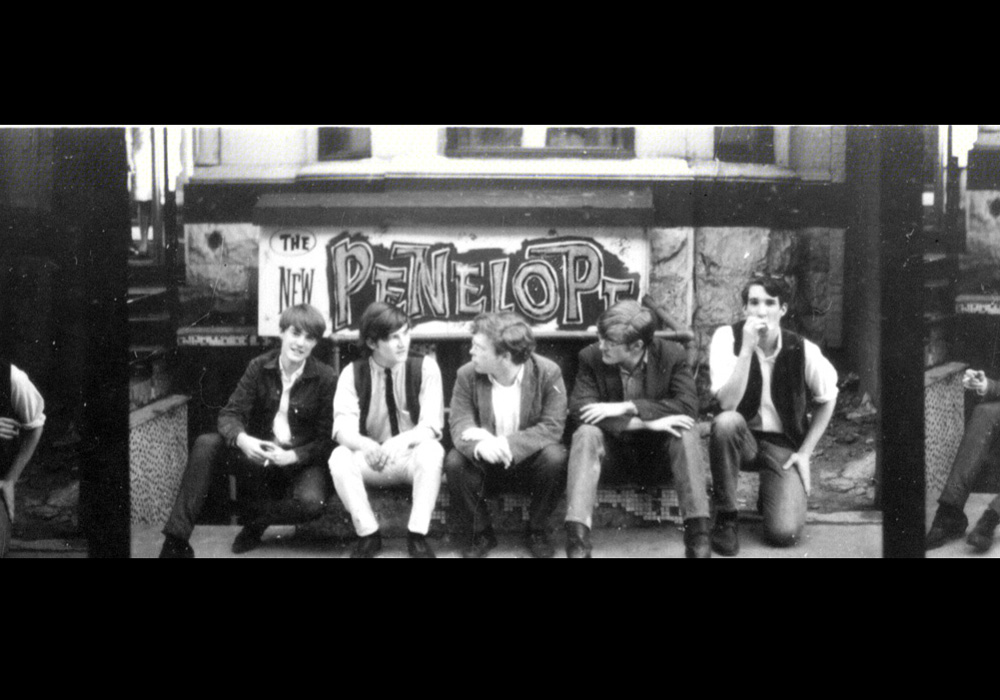
In 1914 the community of Peace River Crossing in northern Alberta was incorporated as a village, an important regional centre for trade, business, transportation and institutions. The village was home to over 700 people and a major staging point for the influx of settlers in search of the “Last Great West,” the Peace River region of northern Alberta and British Columbia. Five years earlier, however, fewer than 100 people lived in the settlement with not much in the way of streets and buildings. This Community Memories exhibit traces the remarkable evolution of Peace River Crossing.
The area around Peace River Crossing had long been a prized location, coveted by the North West Company and the Hudson’s Bay Company as a central hub in their battle for control of the fur trade in western Canada. European fur traders from the North West Company had arrived in the area in the late 18th century, after Alexander Mackenzie built Fort Fork while exploring for the Northwest Passage to the Pacific Ocean. Mackenzie and the other early fur traders became partners in the fur trade economy with a First Nations population of hunter-gatherers.
From 1821 to 1879, however, there were no fur trade establishments near what was to become Peace River Crossing until the Hudson’s Bay Company established a post there. Peace River Landing was the first permanent establishment on the future village site, the economic focal point for development of Peace River Crossing. The arrival of Anglican and Roman Catholic missions (across the river on the Shaftesbury Trail), a North West Mounted Police detachment, the signing of Treaty 8 and the Dominion Land Survey attracted settlers, investors and businesses. Development of Peace River Crossing peaked in the years from 1911 to 1914.
Visitor to this exhibit will find the early history of this unique community told in compelling photographs, postcards, historic documents and maps.

